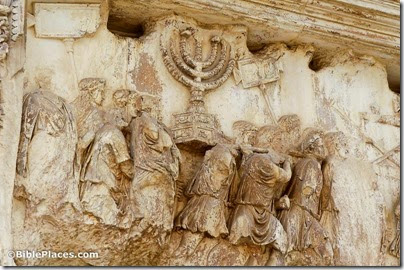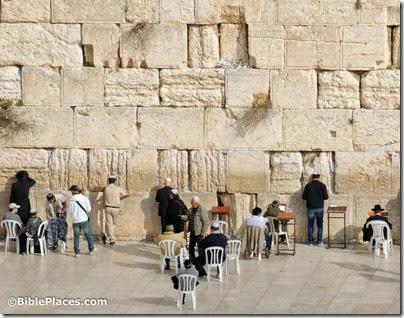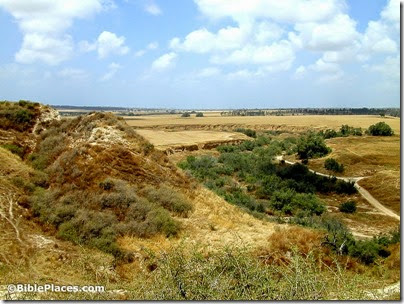Anna Moseley Gissing writes about three lessons she learned from archaeology about the spiritual life.
Haaretz reports that the appointment of Israel’s new antiquities chief is embroiled in politics.
Should the Vatican return the menorah from the Jerusalem Temple? Steven Fine assigned his class the task of refuting the notion that the Vatican has it.
Greek archaeologists excavating a fourth-century BC tomb at Amphipolis have made an “extremely important find.”
Camels Mummification existed in Egypt 1,500 years earlier than scientists have long believed.
The Egyptian government has asked the Ashmolean museum to lend it the personal collection of Howard Carter.
Brian Daniels discusses Preserving Culture in War on this week’s broadcast of The Book and the Spade.
What is the relationship between the archaeology of Jerusalem and the Book of Mormon? SourceFlix has produced a new video that answers this question.
Wayne Stiles describes two oases along the shore of the Dead Sea. (Can you guess which ones they are? Neither one ends with “Gedi.”) He includes photos, a video, and a map.
HT: Joseph Lauer, Jack Sasson
Photo from Pictorial Library of Bible Lands, volume 15



